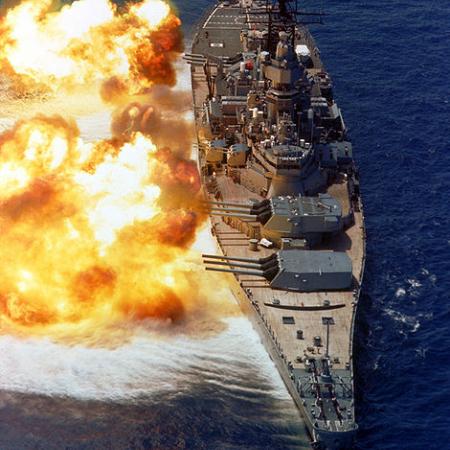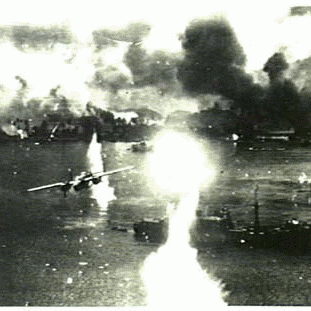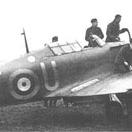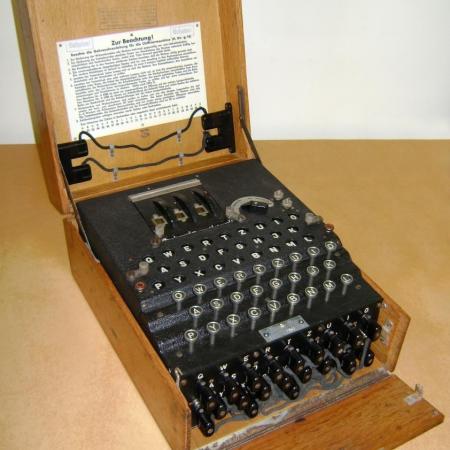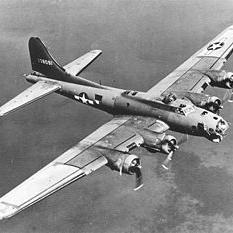Late last week the USS Iowa (BB-61), the lead ship in the final class of US battleships ever built, began a voyage from Suisun Bay, California that will ultimately end in Los Angeles - where she will serve as a floating museum.
Laid down in June 1940 and commissioned in February 1943 the Iowa weighed in at 45,000 tons, was 887 feet long and included a crew of over 2,750 officers and men.


